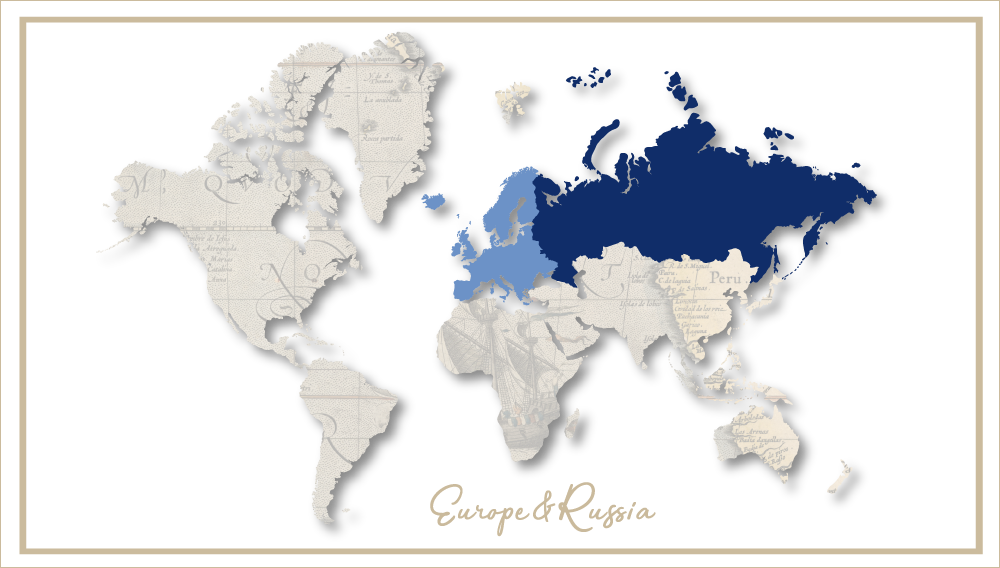AB-InBev refinances some debt and ponders Asia-Pacific IPO
Belgium | In the battle of wills between the Money Men and AB-InBev, it appears that the world’s number one brewer is further caving in to pressure. To alleviate concerns over its mountainous debt pile, AB-InBev in early January announced that it was refinancing some of its debt while it muses floating its Asia-Pacific business on the stock market.
On 10 January 2019, AB-InBev issued USD 15.5 billion in bonds, whose proceeds will go towards refinancing older bonds worth USD 16 billion. The average maturity of the new bonds is 20 years, it was reported, whereas the repurchased bonds had an average maturity of 4.6 years.
In other words, AB-InBev is extending its more than USD 100 billion debt load, presumably to relieve the burden of paying higher principal payments in the next few years. In 2026 alone, it has more than USD 10 billion of debt scheduled to mature, more than double what it owes in 2020, according to data compiled by Bloomberg.
To bring down debt, the brewer already opted to cut dividend payouts to shareholders by half, which helps its cash flow. But as far as its borrowings are concerned, AB-InBev views kicking the proverbial can down the road as the best option.
While the refinancing certainly makes sense, the other remedy – which is still a rumour – has left some observers baffled.
Media reported on 11 January 2019 that AB-InBev hopes to raise between USD 2 billion and USD 5 billion from an IPO of its Asia-Pacific assets. This implies that AB-InBev might float only a small portion of the shares, given that it values its Asia-Pacific business at USD 70 billion.
AB-InBev’s regional businesses include China, Australia and South Korea. However, only about a third of AB-InBev’s profits in the region come from China. Australia contributes most of the rest.
One insider was seriously puzzled by AB-InBev’s alleged plans. As he pointed out, it makes strategic sense to pair a stable low growth business (e.g. US, Canada) with a high growth business (e.g. Asia). Hence, AB-InBev as a whole currently presents itself as a solid business with reliable cash cows and some high growth jewels.
This presents the question: Why flog off the high growth part of the business?
Have the synergies from the SABMiller transaction proven harder to extract? Or have the banks grown impatient for repayment?
Ultimately, taking the Asia business to the stock market only two years after completing the SABMiller deal smacks of desperation.
No doubt, investors would be attracted to the IPO because it’s a high growth business with strong brands, which are exactly the reasons why AB-InBev’s shareholders should retain 100 percent!
Others agree. The analyst Wim Hoste (KBC Securities) was quoted as saying that in his view AB-InBev does not have to bring its Asian branch to the stock market. “AB-InBev recently reduced its dividend and that is enough to bring the debt ratio to factor 3 by 2022. That is acceptable for a defensive company like AB-InBev.”
In any case, a separate listing for a subsidiary is nothing new for AB-InBev. It controls just 62 percent of Brazilian brewer AmBev, with the rest in free float. Yet, if that percentage were to decrease, AB-InBev will risk losing control.
Authors
Ina Verstl
Source
BRAUWELT International 2019


